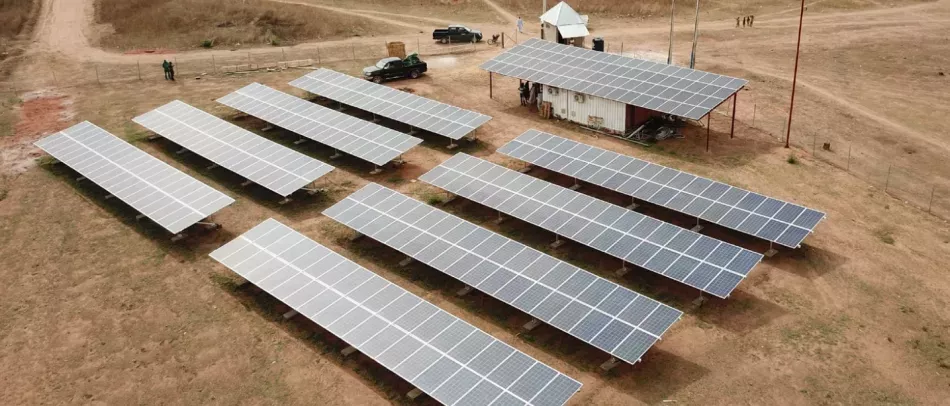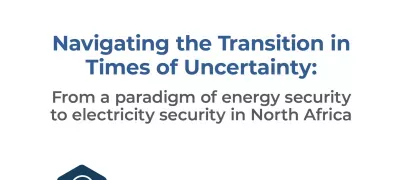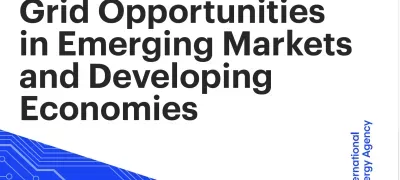
The global mini-grids market, particularly those integrating PV and other DERs, shows promise as a cost-effective and rapid solution for extending electricity access. While grid extension has traditionally dominated, its economic feasibility is waning, pushing governments and utilities to explore alternative approaches. As of March 2020, there were 7,181 mini-grid projects globally, with 5,544 operational. Solar or solar hybrid systems constituted 63%, with significant potential for further growth.
Solar hybrid mini-grids, combining PV with energy storage, are the fastest-growing segment. Despite challenges like limited power demand and rural customers' ability to pay, innovative business models are emerging to stimulate consumption and improve project viability. Financing, policy support, and clear regulatory frameworks are crucial for scaling up mini-grid deployment to achieve universal electricity access by 2030, particularly in Sub-Saharan Africa, Asia, and island nations.
Impact assessment metrics are vital for attracting investment and gauging the success of mini-grid projects. Innovations like Lean Data facilitate cost-effective data collection to assess the socioeconomic impact on rural communities. However, challenges remain in standardizing impact assessment and gathering comprehensive data to inform investors and stakeholders effectively.



